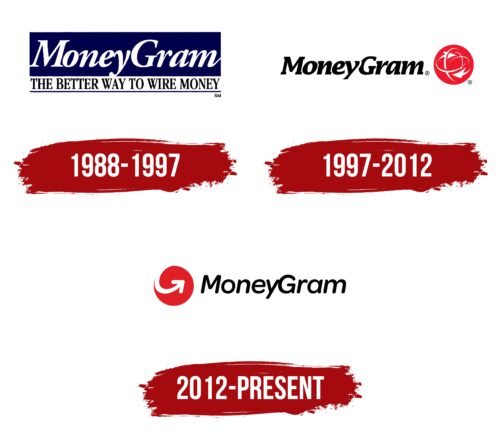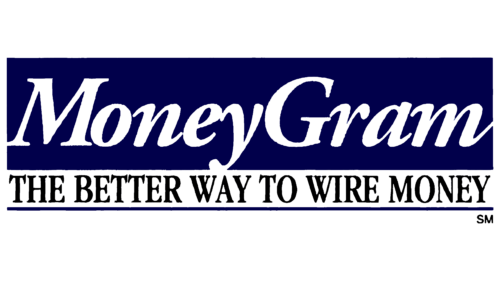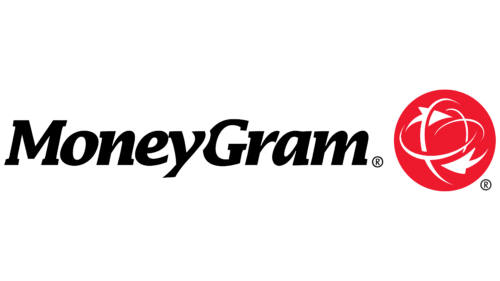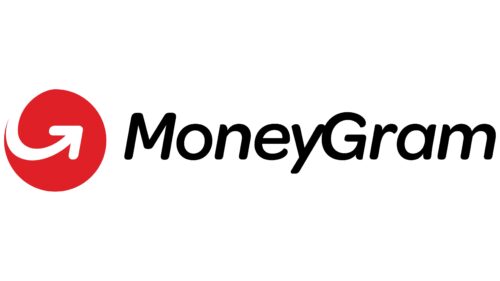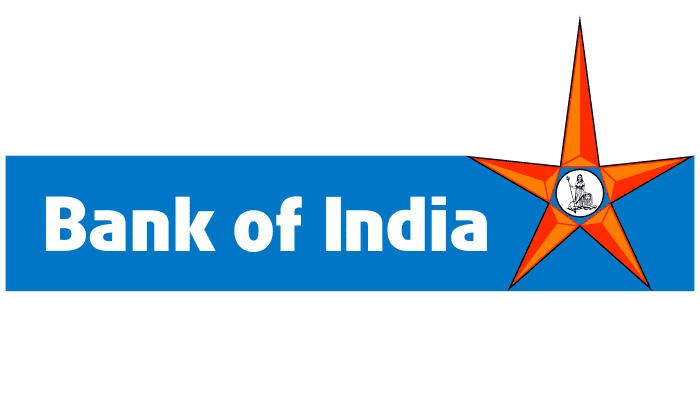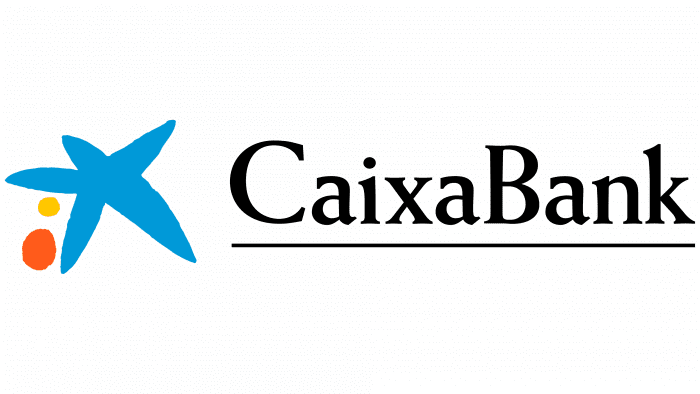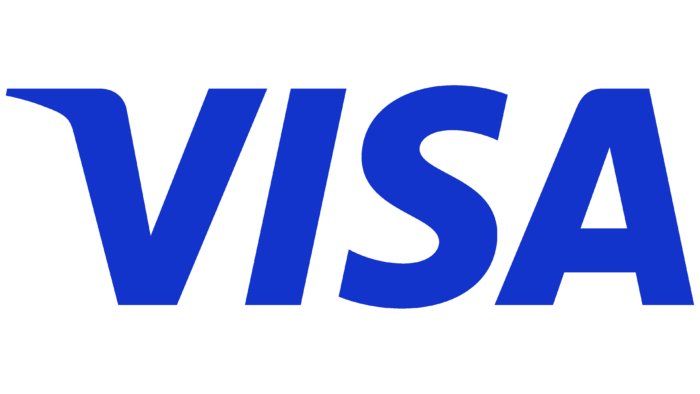MoneyGram: Brand overview
| Founded: | 1980 |
| Founder: | Madison Dearborn Partners |
| Headquarters: | Dallas, Texas, United States |
| Website: | moneygram.com |
Meaning and History
1988 – 1997
1997 – 2012
2012 – today
MoneyGram color codes
| Cadmium Red | Hex color: | #df2127 |
|---|---|---|
| RGB: | 223 33 39 | |
| CMYK: | 0 85 83 13 | |
| Pantone: | PMS Bright Red C |
| Black | Hex color: | #000000 |
|---|---|---|
| RGB: | 0 0 0 | |
| CMYK: | 0 0 0 100 | |
| Pantone: | PMS Process Black C |

